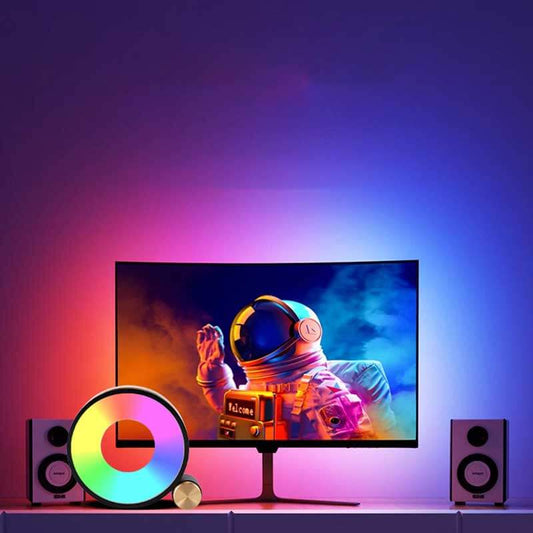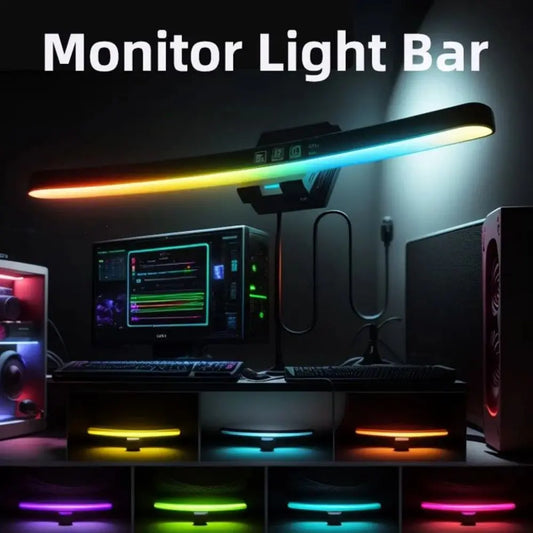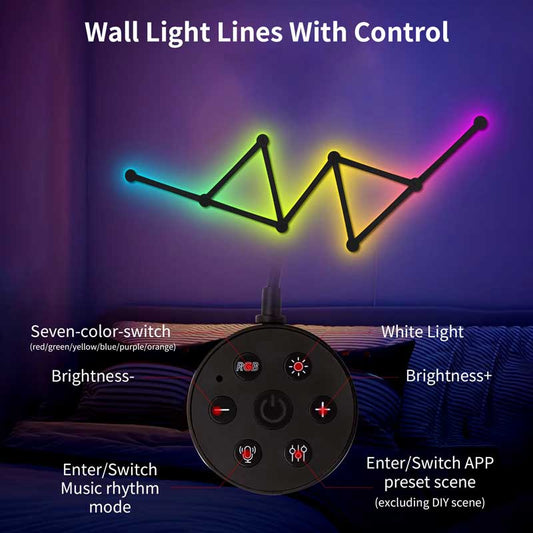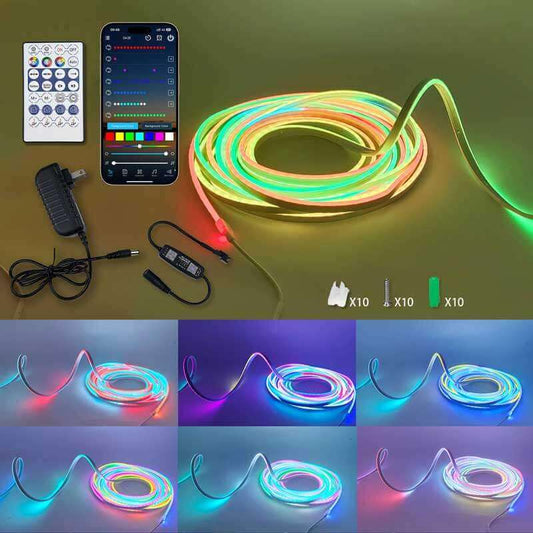What colors of light encourage flowering?
Share
The color of light plays an essential role in plant growth, particularly in encouraging flowering. Plants rely on specific wavelengths of light for different processes, and the color spectrum (or light wavelength) can significantly impact how they flower and fruit. Here's a breakdown of the colors of light that encourage flowering, and how they work:
1. Red Light (620-750 nm)
- Effect on Flowering: Red light is one of the most important wavelengths for flowering and fruiting. It promotes the production of phytochromes, a plant pigment that regulates the plant’s response to light. Phytochromes play a key role in controlling the flowering cycle by influencing the transition from vegetative growth to flowering.
- How it works: Red light helps plants flower by triggering photoreceptors that control flowering hormones. In some plants, it encourages the opening of buds and increases the number of flowers produced.
- Use: Full-spectrum LED grow lights or red-dominant LED lights are often used to encourage flowering in indoor plants, especially flowering plants like tomatoes, roses, and orchids.
2. Blue Light (450-495 nm)
- Effect on Flowering: While blue light is crucial for promoting vegetative growth, it also helps flowering indirectly. It enhances the plant's ability to absorb red light, which is essential for the actual flowering process.
- How it works: Blue light regulates photosynthesis and helps plants develop strong stems and leaves. When paired with red light, it can help ensure healthy plant growth, which is necessary for successful flowering. Blue light also promotes the compact growth of plants, preventing them from becoming too "leggy," which can impact flowering.
- Use: LED grow lights that combine both red and blue light (often referred to as full-spectrum lights) are ideal for promoting flowering and overall healthy growth.
3. Far-Red Light (700-800 nm)
- Effect on Flowering: Far-red light has a unique effect on the flowering process, primarily by affecting the photoperiod—the amount of light a plant receives within a 24-hour cycle. For many plants, the flowering response is triggered by the duration of light exposure (known as photoperiodism). Far-red light can signal plants to flower earlier if the day length is shortened.
- How it works: Far-red light influences the balance of phytochromes, which are key in regulating the flowering cycle in many plants. This color is especially beneficial in short-day plants, which flower when the days are shorter (like chrysanthemums and poinsettias).
- Use: Far-red light is often used in combination with red light to simulate the natural light conditions that promote flowering in certain plants.
4. Pink or Purple Light
- Effect on Flowering: Pink or purple light is a mix of red and blue light, which together help with the vegetative growth and flowering of plants. These lights provide a balanced spectrum for plants, encouraging strong stems and vibrant flowers.
- How it works: The combination of red and blue light is crucial for encouraging both healthy growth and flowering. This spectrum is often used in LED grow lights designed to provide a full spectrum that mimics natural sunlight, making it suitable for a wide range of plants.
- Use: Full-spectrum LED grow lights often emit a pink or purple light because they combine both blue and red wavelengths, making them ideal for plants that need both vegetative and flowering growth.
5. White Light (400-700 nm)
- Effect on Flowering: White light contains a broad spectrum of light, including both red and blue wavelengths, and can provide the full range of light that plants need for photosynthesis and flowering.
- How it works: While white light may not be as effective as red or blue light alone in promoting flowering, it can still provide the overall light intensity and spectrum required for flowering and healthy plant growth.
- Use: Full-spectrum white LED lights are often used for flowering plants in indoor settings because they mimic natural sunlight and provide the necessary balance of wavelengths.
6. UV Light (100-400 nm)
- Effect on Flowering: UV light (especially UV-A and UV-B) can trigger increased flowering in some plant species. UV light stimulates the production of secondary metabolites, such as flavonoids, which may enhance flower color and overall plant health.
- How it works: UV light can increase the production of flowers and fruits by triggering stress responses that improve plant resilience. Some studies have shown that exposure to UV light can also increase the potency and flavor of some plants (like cannabis and certain herbs).
- Use: UV light is generally used as a supplemental light, as most plants do not require large amounts of UV light to flower. However, it can help enhance the appearance and health of flowers.
Best Lighting Conditions for Flowering Plants
To optimize flowering, a combination of red and blue light is often the best solution, as it covers both the needs for vegetative growth (blue light) and flowering (red light). Some lighting systems also include far-red light to encourage early flowering or to simulate natural day-night cycles.
- Full-Spectrum LED Lights: A good option for promoting flowering, these lights typically combine red, blue, and some other colors (including far-red) to offer a balanced spectrum.
- Red-Blue LED Combinations: These lights are often designed to optimize plant growth by providing the wavelengths that are most beneficial for both vegetative growth and flowering.
Top Products to Consider for Flowering Plants:
-
Youwei Trade Solar Garden Light (for outdoor flowering plants)
- Ideal for outdoor gardens, these solar-powered lights offer gentle lighting for decorative purposes and can enhance the beauty of flowering plants in the garden during the evening.
-
VIVOSUN 600W LED Grow Light
- Spectrum: Full-spectrum (red and blue) light.
- Great for indoor flowering plants like tomatoes, peppers, and herbs.
-
Phlizon 600W LED Grow Light
- Spectrum: Includes both red and blue light, ideal for flowering plants.
- Known for energy efficiency and long-lasting use.
-
KingLED 1000W LED Grow Light
- Spectrum: Full-spectrum light with both red and blue wavelengths, designed to encourage healthy flowering in indoor plants.
-
Mars Hydro TS 600W LED Grow Light
- Spectrum: Full-spectrum light for flowering and vegetative growth.
- Efficient and affordable, ideal for small indoor gardens.
Conclusion:
The best light colors for encouraging flowering are red and blue wavelengths. Red light is especially crucial for triggering the flowering process, while blue light supports healthy vegetative growth. Using a combination of both (such as in full-spectrum LED lights) is often the most effective way to promote flowering and ensure vibrant, healthy blooms. If you're growing plants indoors, investing in high-quality LED grow lights with the appropriate spectrum will help your plants thrive and bloom beautifully.




